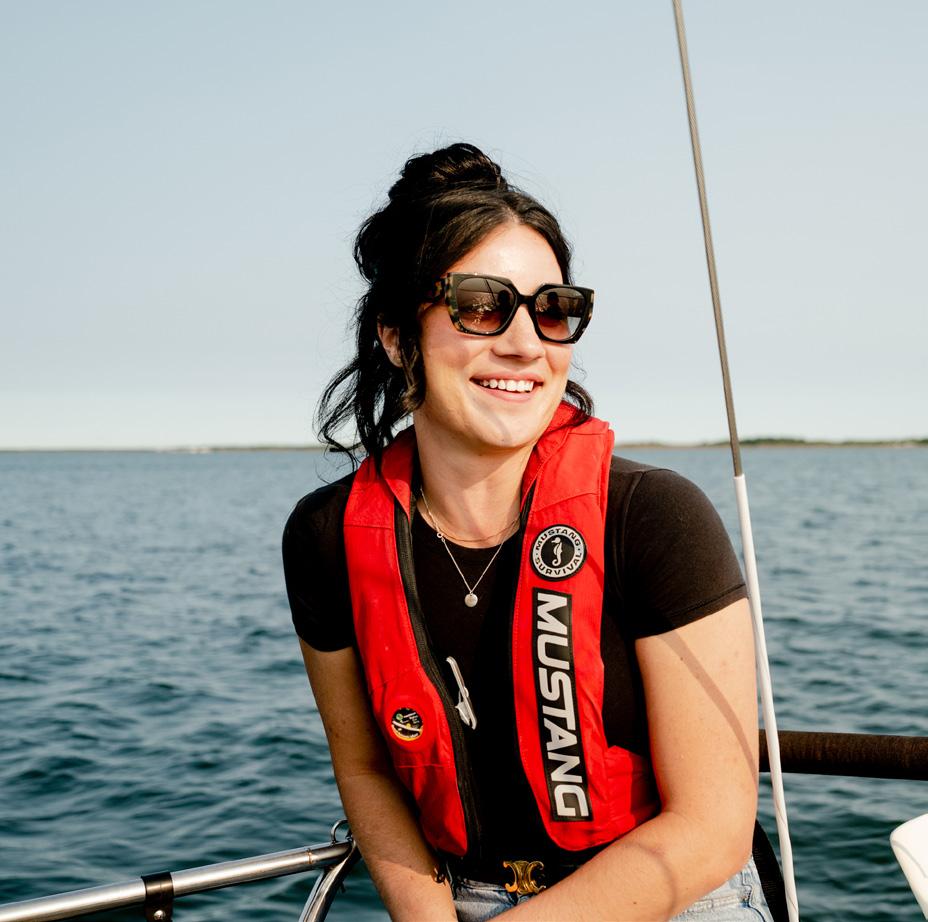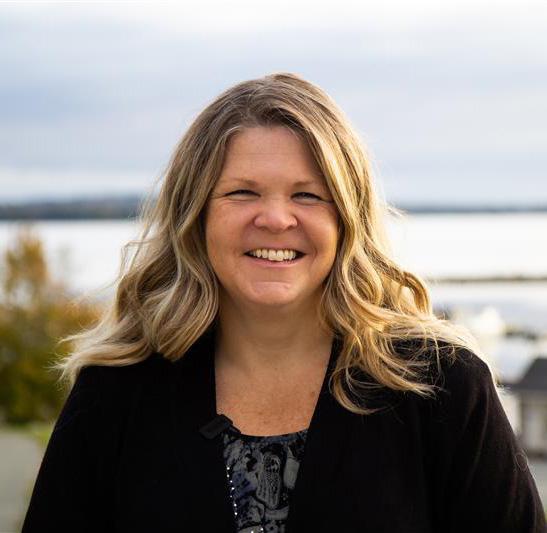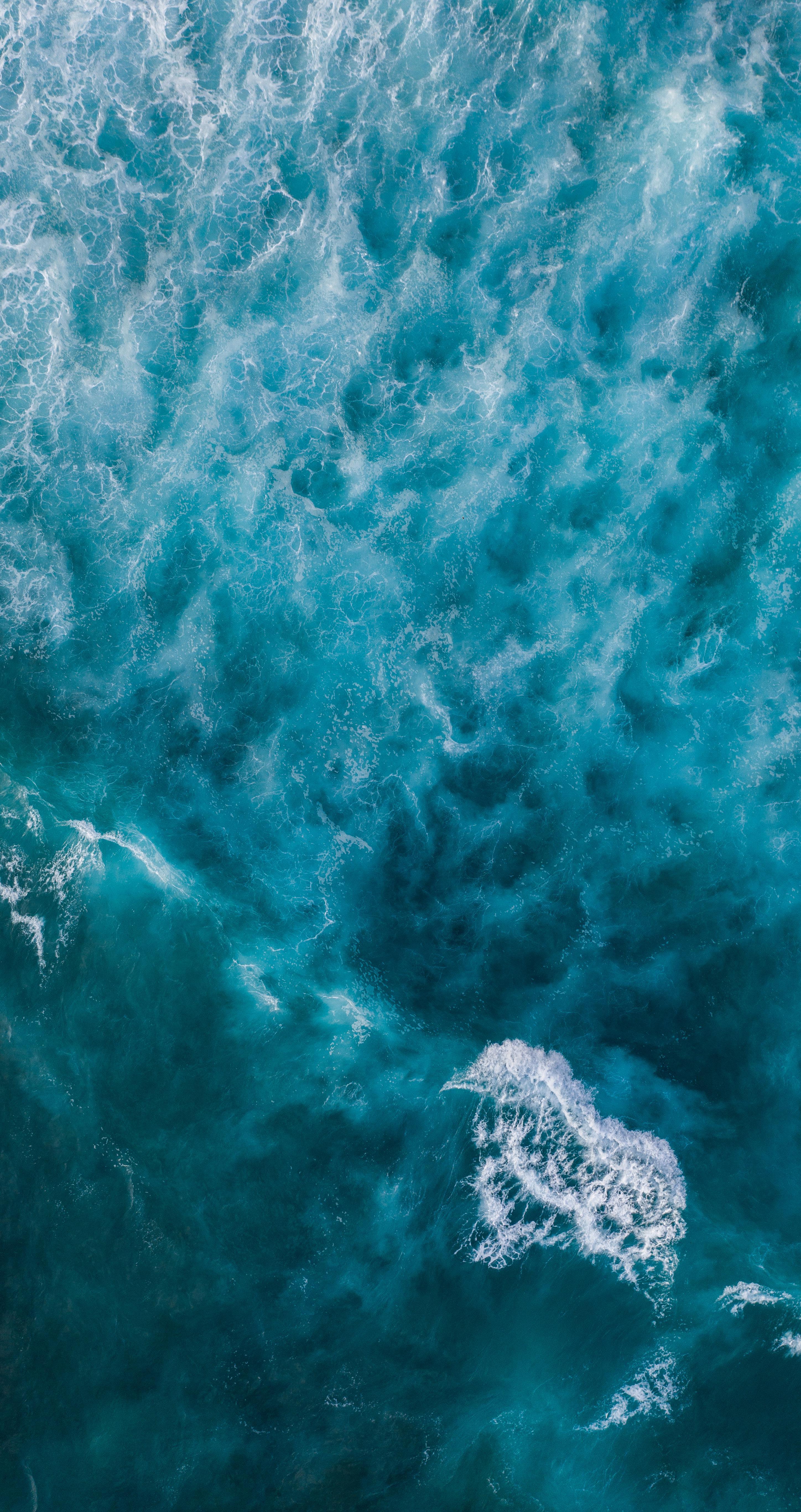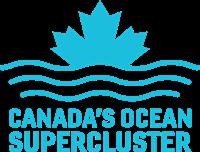Our Water & Ocean
Q&A WITH Emily De Sousa, Seaside with Emily
Mediaplanet sat down with Emily De Sousa (Seaside With Emily), to dive into her insights on ocean conservation and sustainable conservation.
How can the tourism industry do better to protect oceans and marine life? What can travelers do to minimize their environmental impact while exploring coastal destinations?
Tourism and ocean health are deeply connected, and both the industry and travelers have a responsibility to protect marine ecosystems.
When it comes to seafood, one of my favourite things to do while travelling is seeking out boat-to-plate culinary tours. I am seeing these pop up more and more where travellers can actually experience their seafood from the moment it’s pulled out of the water to the moment it hits our plate. It’s a
really in-depth opportunity to see how seafood is harvested to learn more about harvesting methods, sustainability efforts, and just generally get better connected to the food that we’re eating — which I think goes a long way to making us all appreciate food even more.

A little intention goes a long way in keeping our oceans healthy and thriving for the future!
When planning ocean excursions, go with operators who follow responsible wildlife guidelines, prioritize education, and work with the local communities. Look, don’t touch—marine life isn’t here for our entertainment. The best experiences are the ones that leave you with a
deeper understanding of the ocean, not just a photo op. Choose tours that highlight local knowledge and conservation efforts and give back to the places you’re visiting. A little intention goes a long way in
How Canada is Setting the Global Standard for Sustainable Fisheries
In the cool waters surrounding our vast coastline, a quiet revolution in sustainable fishing has positioned Canada as a global benchmark for responsible ocean stewardship. As the world grapples with declining fish stocks and marine habitat degradation, Canada's fisheries industry stands as a beacon of innovation, demonstrating that environmental protection and economic prosperity can go hand in hand. Canada consistently ranks among the top-five countries worldwide for Marine Stewardship Council (MSC) certifications, with an impressive 95 per cent of our fisheries harvested at sustainable levels according to Fisheries and Oceans Canada (DFO). This remarkable achievement hasn't happened by accident — it's the result of decades of science-based management, industry-led innovation, and collaborative approaches that balance conservation
with sustainable resource use.
"Science is the foundation of effective fisheries management," explains Alberto Wareham, Chair, Fisheries Council of Canada (FCC). "It helps FCC members on all three coasts navigate environmental uncertainties while maintaining our global reputation for sustainability."
Innovation driving sustainable fishing
What sets Canadian fisheries apart is our commitment to continuous improvement. From the rugged Atlantic coastlines to the pristine Pacific waters, Canadian fishing enterprises are integrating cutting-edge technologies that minimize environmental impact while maximizing efficiency. Artificial intelligence now analyzes data from satellites, sensors, and acoustic devices, enabling more accurate assessments
of fish stocks and ocean conditions. These technologies allow for real-time decision-making about quotas, harvest timing, and conservation measures.
The strength of Canada's approach lies in its inclusivity. Indigenous communities, who have practiced sustainable harvesting for countless generations, play a vital role as ocean stewards. Their traditional knowledge, combined with modern scientific methods, creates a powerful framework for responsible resource management.
As global demand for sustainable seafood is projected to double by 2050, Canada is uniquely positioned to lead the way. Our $9 billion fishing industry supports 75,000 jobs, predominantly in rural, coastal, and Indigenous communities that serve as the backbone of regional economies. By investing in science-based sustainability, we're not just protecting marine ecosystems
— we're securing the future of these communities for generations to come.
"Sustainability isn't a destination — it's a continuous process," continues Wareham. "It is a conscientious choice to use science as our guide, so we can protect our oceans and the livelihoods they support while adapting to an everchanging world. Our members are in this for the long haul. We're talking generations, not years."
As we navigate the challenges of climate change and increasing global seafood demand, Canada's fisheries industry continues to demonstrate that with the right balance of science, innovation, and collaboration, we can turn the tide on environmental degradation while building economic resilience.
The world is watching — and Canada is leading the way.
Canada has the opportunity to significantly grow our ocean economy through Ambition 2035, driving innovation,

According to the Organisation for Economic Co-operation and Development, by 2030 the global ocean economy will outpace the growth of the broader economy by 20 per cent. For Canada, this is an opportunity to accelerate madein-Canada ocean products and services, increasing our productivity and competitiveness, scaling companies, and creating jobs.
Led by Canada’s Ocean Supercluster (OSC), Canada’s ocean community has developed a bold goal to grow the country’s ocean economy by five times, to $220 billion, by 2035. This collective opportunity, known as Ambition 2035, is informed by
stakeholders from across the country in industry, research, Indigenous communities, and government, and will put Canada at the forefront of global ocean markets. As the next 10 years mark a critical timeline for this goal, now is the time to act.
Unlocking transformational growth
“As one of the world’s largest ocean clusters, we’re a convenor and catalyst for growth in Canada’s ocean economy. We need to approach this global opportunity with a sense of urgency, knowing that with the accelerated development of more made-in-Canada ocean products and services to sell to the world, we’re also helping more companies grow and

creating more jobs here at home,” says Kendra MacDonald, CEO of OSC.
Key drivers and enablers of growth through Ambition 2035 include ocean energy, food security, marine transport, ocean technology, coastal tourism, and public sector procurement. Recognizing that the global ocean economy is experiencing momentum, the race is on to lead. With a focus on good, well-paying jobs and growing companies; thriving, resilient communities; increased productivity and economic growth; accelerating made-inCanada ocean technology; and strategic partnerships, Canada can not only lead but unlock transformational growth.

